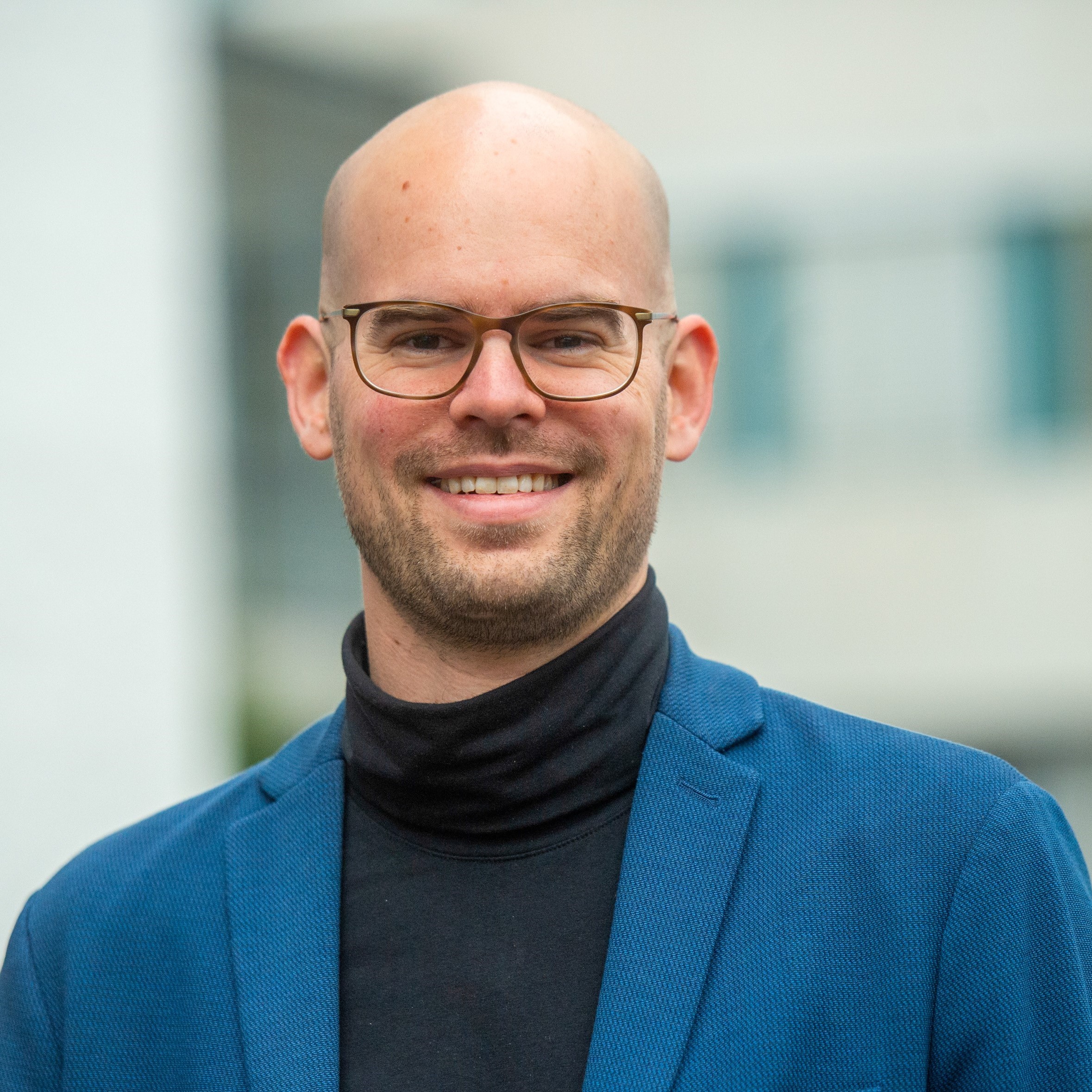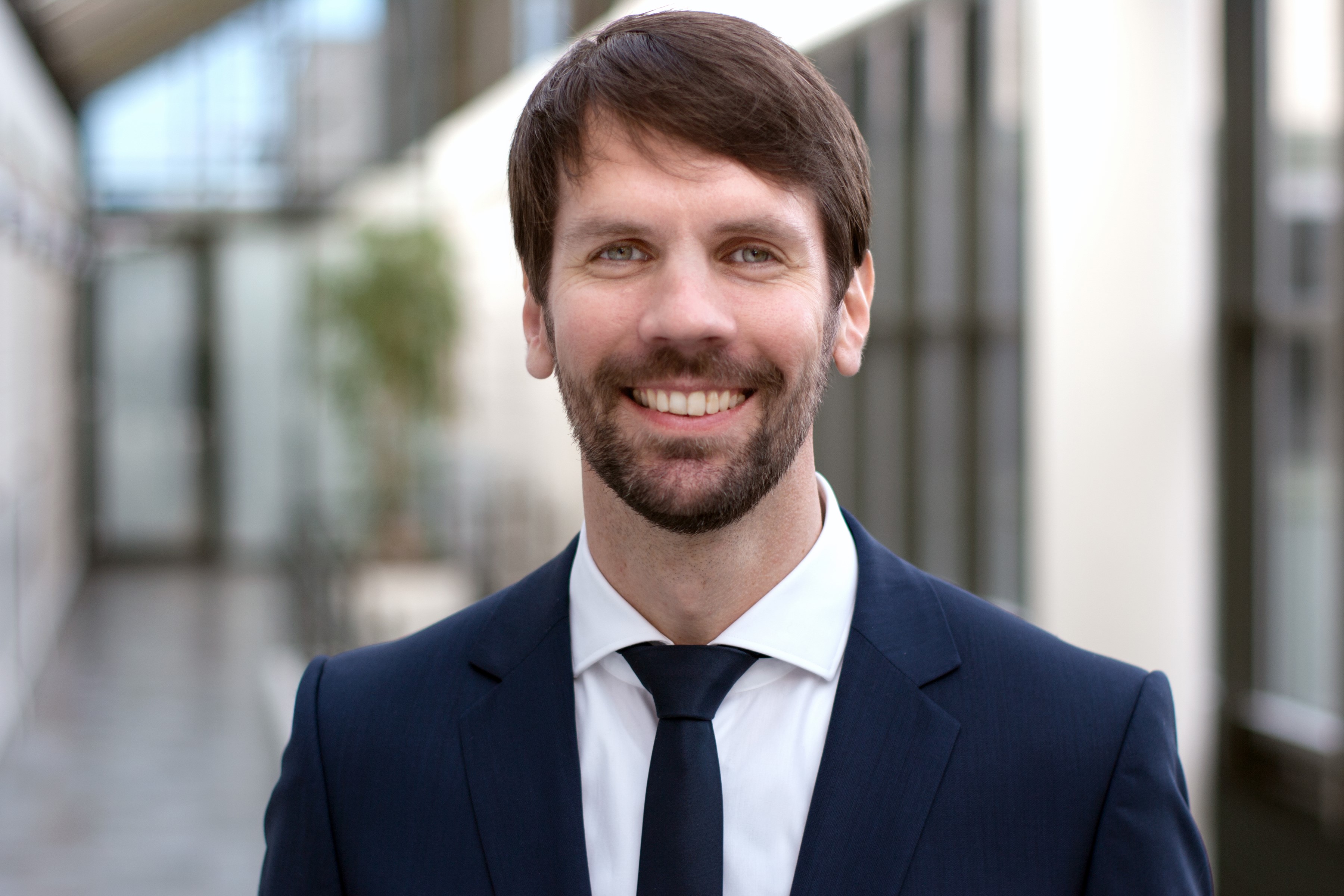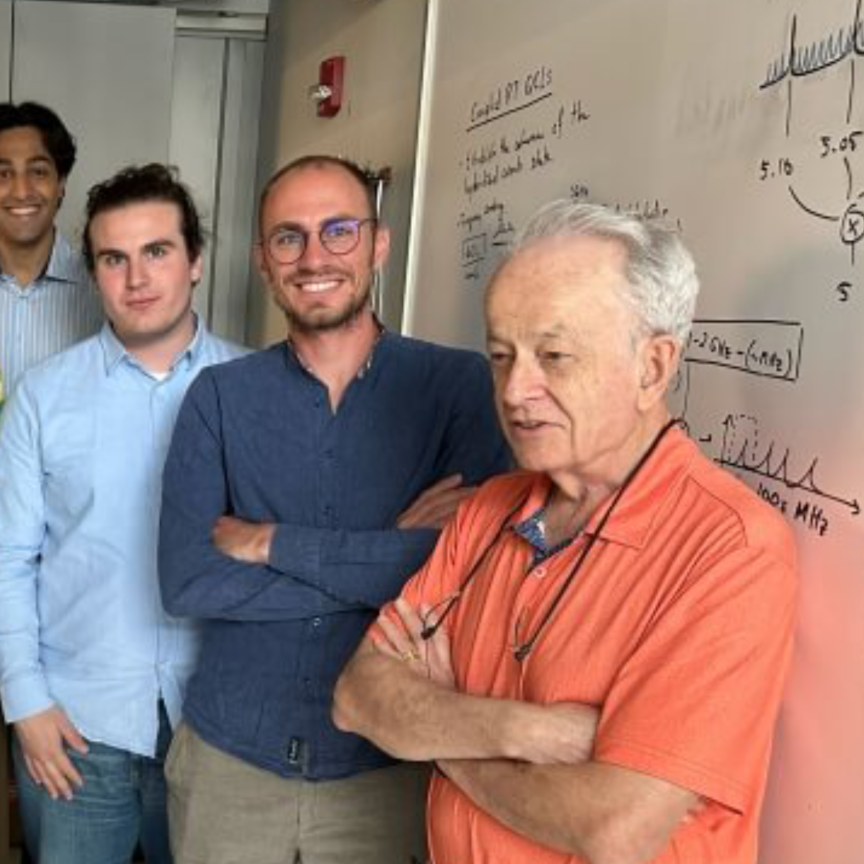Ultrafast laser technology - Micromachining in Europe and beyond

Close-up macro shot of a laser cut stainless steel stencil for solder paste application of PCBs for surface mounted electronic components (Credit: Isat/Shutterstock.com)
Webcast supported by
The market for ultrashort pulse lasers is growing thanks to their ability to offer unprecedented precision and efficiency in industries ranging from aerospace and electronics to medical devices. As this technology evolves and develops, new applications and markets are opening up across the globe. But what are the biggest emerging trends that will drive the industry forward in the coming months/years, and how are different regions embracing this technology?
In this webinar, we bring together a panel of industry experts to explore the evolving landscape of ultrafast laser technology and its expanding role in micromachining. From the latest advancements in picosecond and femtosecond lasers to the regional differences shaping global markets, this discussion will provide some useful insights into the opportunities and challenges that lie ahead.
Who should view this webinar?
This webcast is ideal for professionals and decision-makers in industries that rely on high-precision micromachining, including: manufacturing and production engineers; laser and photonics industry professionals; research and development specialists; aerospace, automotive, and electronics experts; medical device manufacturers; and academic researchers in photonics and material science.
Whether you are already using ultrafast lasers or looking for new opportunities, this discussion is designed to provide valuable insights into the future of micromachining with ultrafast lasers.
Why attend this webinar?
- Hear from industry leaders: Our panellists, featuring top experts in the field, will share their first-hand experiences with ultrafast laser technology, offering unique perspectives on its impact on global manufacturing.
- Understand market drivers: Learn what’s fueling the increasing demand for ultrafast lasers and why industries are turning to this technology for high-precision micromachining.
- Explore the benefits and applications: Discover the advantages of ultrafast lasers, including minimal thermal damage, superior material processing, and increased production speeds, and hear how these lasers are being applied across different sectors in Europe, Asia, and beyond.
- Uncover future trends: Get insights into some of the latest innovations in beam shaping and power scaling, and understand how these are pushing the boundaries of what’s possible in industrial laser applications.
Panellists include:
Markus Ruetering, Vice President Sales EMEIA, MKS Instruments

Markus started his career as an R&D Engineer for Lasers in 1989 at Rofin-Sinar Laser in Hamburg, Germany. He moved into various sales roles from 1992 onwards, including: Executive Product Manager High power laser and Sales Manager Asia for Rofin-Sinar after 22 years of service
Markus moved to Laserline, the leading maker of high power diodelasers as Sales Manager Asia, later adding Germany, Europe and finally global Sales Director. He became VP of Sales in EMEIA for MKS Instruments in 2022, acting on the brands Newport, Spectra-Physics and Ophir.
David Dung, Co-founder and Managing Director, Midel Photonics

Dr. David Dung is co-founder and managing director of Midel Photonics, a high-tech spin-off from the University of Bonn and incubated at RWTH Aachen. Holding a PhD in laser and quantum physics, David translated his research on nano-structuring into Midel’s innovative beam-shaping solutions for industrial laser applications.
Established in 2022, Midel Photonics has raised more than €2m from sources including EXIST Transfer-of-Research and High-Tech Gründerfonds. With its all-reflective designs, the company aims to redefine laser manufacturing by providing tailored, high-performance laser beam shaping technology.
Christian Vedder, Head of the Surface Technology Department, Fraunhofer ILT

Christian studied mechanical engineering at RWTH Aachen University and joined the Thin Film Processing group at Fraunhofer ILT as a research associate.
He completed his doctorate at the Chair of Laser Technology at RWTH Aachen University in 2013 and worked at Fraunhofer ILT from 2014 to 2017 as team leader for Functional Layers for Electronic Applications, as group leader for Thin Film Processing afterwards and, since 2022, as head of the Surface Technology and Ablation department. The department comprises the groups Micro and Nano Structuring, Thin Film Processing, Polishing and In-Volume Structuring & Lithography.

